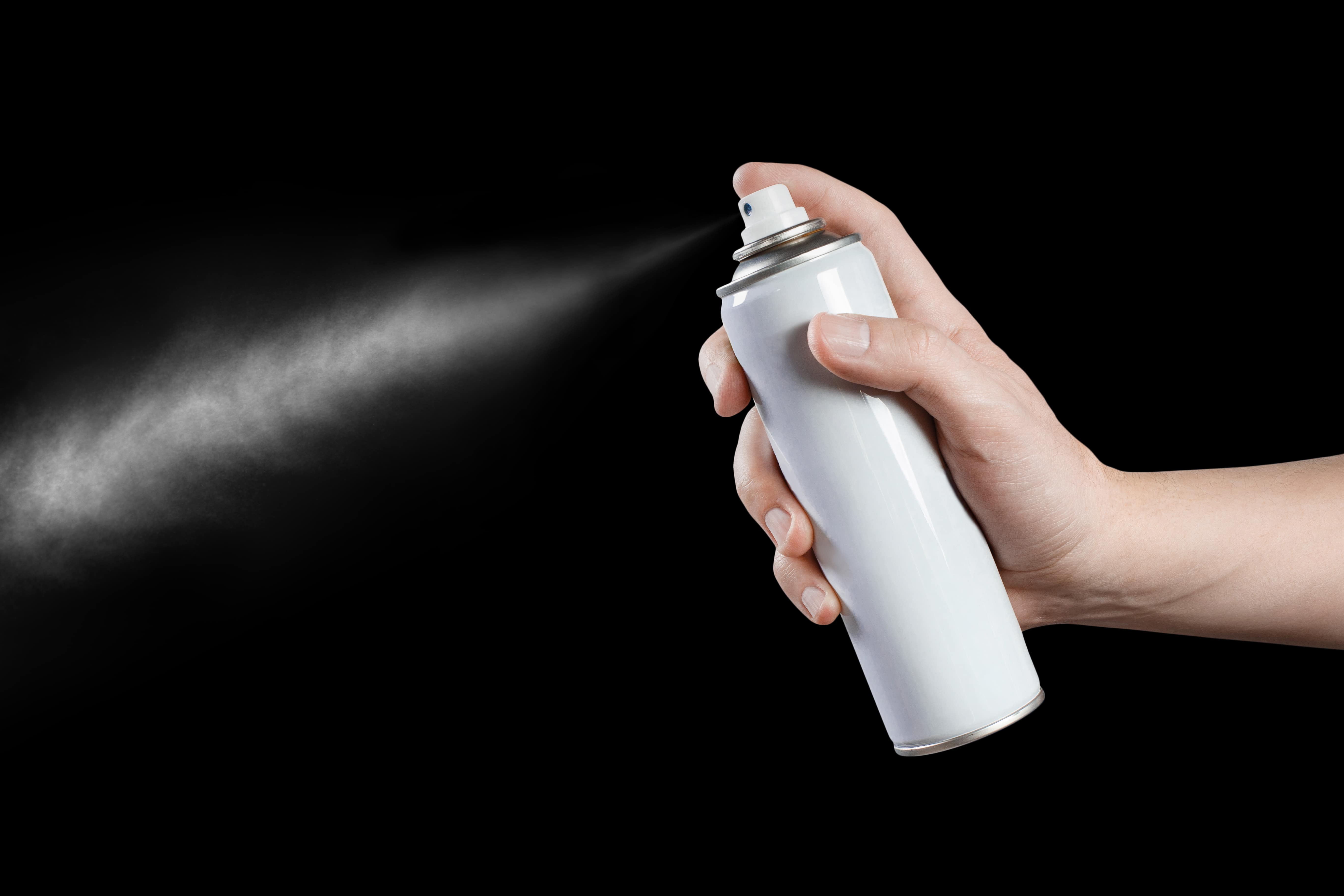Share This Article
ArraySahar Adatia.
A Queensland man is facing a raft of charges after allegedly releasing a poisonous aerosol, its properties comparable to pepper spray, inside a Brisbane shopping centre.
Queensland Police report that around 1.15pm on Saturday 19 June 2021, a 36-year-old man discharged the noxious aerosol substance, understood to be a poisonous cough mixture, near a cafe and medical centre at Eagleby Shopping Plaza.
It is alleged the man walked into the centre via the northern entry then promptly released the substance.
The incident triggered harsh respiratory reactions in six patrons, including a 54-year-old woman who was taken to Logan Hospital for a throat condition resulting from the deleterious substance.
A Queensland Ambulance Service representative who attended the scene at Fryar Road also advised another person was treated after experiencing adverse responses.
Following the incident and a search warrant being executed, on Wednesday 23 June, police raided a residence also located on Fryar Rd and arrested the Eagleby man.
He was also found to be in possession of dangerous drugs and drug utensils.
The man was charged with administering poison with intent to harm, along with a serious of other offences, including five counts of assault occasioning bodily harm, serious assault of a person over 60, possessing dangerous drugs and possessing drug utensils.
He will appear at the Beenleigh Magistrates Court on 14 July.
It is against the law to use poison to endanger life or inflict grievous bodily harm on a person.
The criminal offence is taken seriously by the courts, which is reflected in its harsh penalties and includes jail time.
Using Poison to Inflict Grievous Bodily Harm or Endanger Life Offences, Penalties and Defences in NSW
In NSW, the law on using poison to endanger life or inflict grievous bodily harm on a person is outlined in section 39 of the Crimes Act 1900 and prescribes a maximum penalty of 10 years in jail.
According to section 39, an offence takes place where:
- A person administers or causes a person to take poison, an intoxicating substance or any other destructive or noxious thing; and
- The substance either endangers that person’s life or causes that person grievous bodily harm (which is understood as very serious harm, including organ damage); and
- The person intended to either injure that person or they knew the likelihood of injuring that person but continued to do so anyway.
Available defences to this charge include necessity, duress, and mental illness.
The Physical Effects of Poisonous Aerosol Sprays such as Pepper Spray
Generally speaking, aerosol sprays are self-contained dispensing systems where often an unusual mix of substances is stored inside a metal can and released as a fine spray, mist or foam.
For generations on end, aerosol sprays have been used in homes and workplaces all over the world, from air fresheners to window cleaners and insecticides.
However, they can also comprise poisonous sprays and chemicals that are hazardous, particularly when breathed in deeply.
A common example is pepper spray, which as its main ingredient contains an inflammatory compound called capsaicin.
Capsaicin is derived from plants in the genus Capsicum, including chilli peppers, and is the ingredient that adds the characteristic heat to such plants.
Thus, when capsaicin comes into contact with the eyes, it similarly causes severe burning, pain and tears.
In contrast to the average chilli pepper, however, pepper spray contains a significantly higher concentration of the active ingredient, meaning its physical effects are more palpable.
In fact, when evaluating via the Scoville Heats Unit (SHU) scale, which measures the “heat” of peppers (the hotter the sensation, the higher the SHU rating), pepper spray actually reveals an alarmingly high score.
On the Scoville scale:
- A bell pepper measures 0 SHU
- A jalapeño pepper measures around 2,500–5,000 SHU
- Pepper spray, in particular that used by law enforcement officers, scores between 5000,000 and 2 million SHU, while some brands have even rated at 5.3 million SHU.
Along with the aforementioned physical effects, pepper spray’s immediate reaction results in instant eye closure, acute eye pain, and temporary blindness.
Additionally, according to medical research, some people also describe a bubbling or boiling sensation, a dry cough, shortness of breath or an inability to breathe properly.
Other effects of pepper spray include wheezing, a burning throat, chest pain, gagging, runny nose, panic, inability to speak, dizziness, loss of consciousness, gasping, and even blisters and burns upon contact with the skin.
Interestingly, capsaicin also forms the basis of bear spray, an aerosol designed to protect humans when encountering a bear.
Book a Lawyer Online
Make a booking to arrange a free consult today.
Call For Free Consultation
Call Now to Speak To a Criminal Defence Lawyer
Over 40 Years Combined Experience
Proven SuccessAustralia-Wide
Experienced LawyerGuarantee
 (02) 8606 2218
(02) 8606 2218
 (02) 8606 2218
(02) 8606 2218














